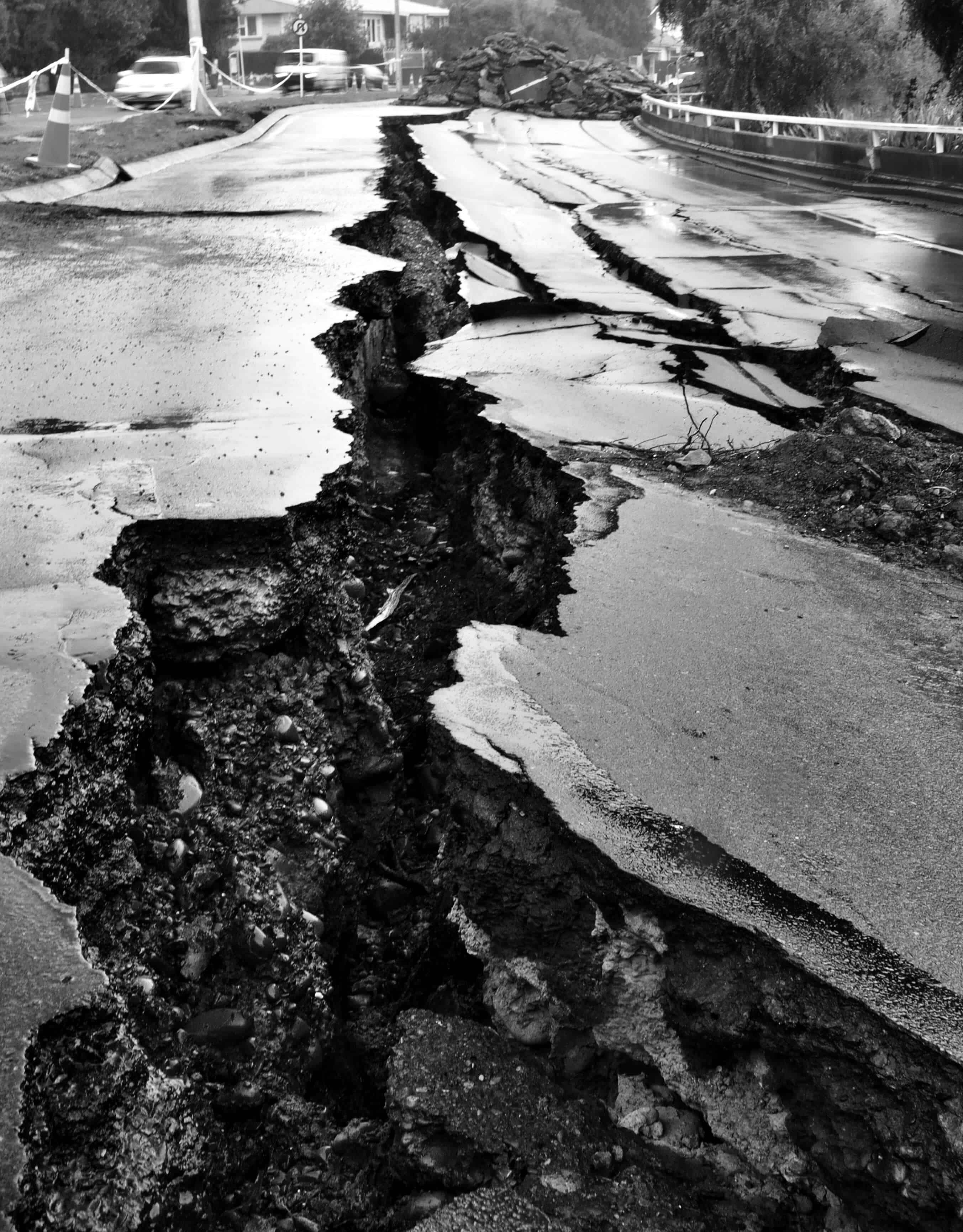 Anyone who has experienced first-hand a disaster like a severe storm or earthquake will distinctly remember those fleeting moments directly after the event — grabbing your cell-phone to call your family and hoping like crazy you’d reach them, knowing full well you might only have a few minutes before the public cellular network overloads from everyone else doing the exact same thing. The inability to contact loved ones is heart-wrenching, and it’s the not knowing that causes panic in a community — and where chaos begins.
Anyone who has experienced first-hand a disaster like a severe storm or earthquake will distinctly remember those fleeting moments directly after the event — grabbing your cell-phone to call your family and hoping like crazy you’d reach them, knowing full well you might only have a few minutes before the public cellular network overloads from everyone else doing the exact same thing. The inability to contact loved ones is heart-wrenching, and it’s the not knowing that causes panic in a community — and where chaos begins.
Critical to an effective disaster response is getting the right flow of information — the right details to the right people, as quickly as possible. The availability and timely delivery of information is critical to everyone, but the information requirements for each will differ.
- Public cellular networks are critical to the general public, enabling individual-to-individual calls. However, these are often overloaded in the early stages of a disaster, as they’re simply not designed to cope with such events.
- Private radio networks are relied upon by Emergency Services staff. These networks are designed to cope during worst-case scenarios, with peak-loading capability, the provision of immediate voice, group calls, greater coverage, and coordination from a central command.
- Private broadband networks play an important part in the future of public protection and disaster relief. By offering huge improvements in data throughput, it’s proposed that these networks will enable effective and efficient responses in emergency situations, as well as everyday operations.
A truly resilient solution will utilize all three networks
An overlaid, multiple-network approach facilitates unified critical communications and enables the flow of information for various audiences working together to prevent escalating chaos in a disaster. When people know that their families are safe, they’re focused and more effective when working; when people are aware of occurring events and team roles, the response is clearly coordinated; and when people have greater access to rich information, their chances of success increase.
Disasters have a human side that shouldn’t be ignored. The technology used in disaster response is almost irrelevant — we simply want the information we want, when we want it; we don’t care how we get it. In critical moments, when every second counts, a multi-network solution can change the face of disaster response, enabling better-informed people and safer communities.
Learn more in our on-demand webinar Emergency response — preventing escalating chaos in a disaster, by Geoff Peck, Technology and Solution Architect, Tait Communications.



